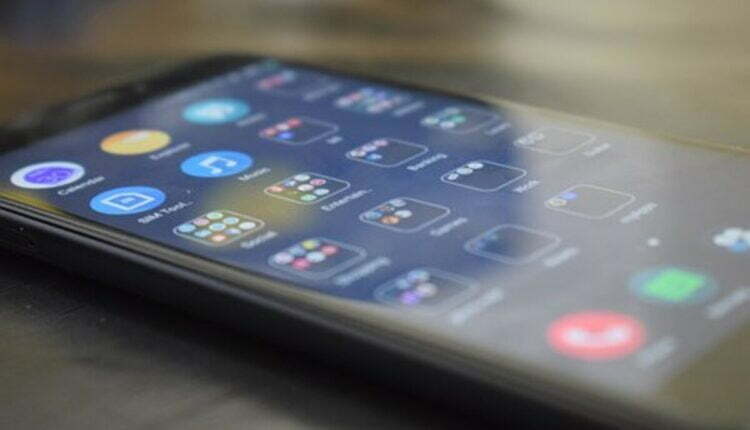There’s a lot to like about the Zenfone 6; it’s a flagship-grade phone, offers one of the best software experiences on Android, and packs some of the best specs around.
However, the Zenfone 6’s most significant selling point is its 6.4 screen, free of bezels and notches. This makes for a seamless experience with movies, games, and more.
Specs
If you’re looking for a smartphone with top-end specs, epic battery life, and an excellent, wacky flip camera, the Zenfone 6 is worth considering. It’s not packed to the gills with bloatware and doesn’t copy iPhone design trends, but it offers everything you need at an affordable price.
The phone is available in 128GB and 256GB versions, with a large 6.4-inch display with a 92% screen-to-body ratio. The IPS LCD panel is protected by Gorilla Glass 6, while the frame is made from metal.
The Zenfone 6 also has a headphone jack and a fingerprint sensor on the rear and is powered by the Snapdragon 855 chipset. It’s available in the US and Europe for $500.
Design
The Zenfone 6 is a significant departure for ASUS this year. It’s a device not packed with bloatware or plastered with an obnoxious UI skin but built around power users and Android fans.
It’s an extraordinary phone with a top-end hardware loadout, epic battery life, a notch-free design, and a wacky camera module that flips up to reveal dual rear cameras. It also runs on stock Android in ZenUI 6.
Asus’ new smartphone approach means it’s not trying to match Apple and Samsung and hasn’t repeated the mistakes that have hurt past ZenFone models. This is a refreshing change of approach from an ad-heavy company that’s always been known for being more about gaming than phones.
Performance
The Zenfone 6 has some compelling strengths, making it a real contender against the iPhone Xs, Galaxy S10, and OnePlus 7 Pro. Its notch-free design, impressive screen, decent camera, massive battery, and low price combine to create one of the most interesting Android devices of the year.
Asus’s ZenUI is also an excellent reason to buy the Zenfone 6. It’s a Pixel-like Android interface that’s smooth, fast, and reliable.
The Zenfone 6 also scores well on benchmarks, with an average Geekbench 4 score of 10,290 – slightly behind the Galaxy S10 Plus and LG G8 ThinQ but ahead of the OnePlus 7 Pro. ASUS’s software updates improve performance each month, which is another good sign that it will continue to optimize this phone’s performance over time.
Camera
Asus’ Zenfone 6 is a flagship device with a large 6.4-inch display. It also features a dual camera that swivels to face you in selfie mode.
The primary camera is a 48-megapixel Sony IMX586 sensor with laser autofocus and on-sensor phase-detection autofocus pixels for swift focus. The second lens is a 13-megapixel wide-angle with an f/1.8 aperture and a wider field of view for group photos.
The camera also offers several innovative modes, including panorama and motion tracking. The motorised camera rotates 180 degrees in panorama mode to capture pin-sharp 2112 x 2048 resolution panoramic images.
Battery
The Zenfone 6 is one of the best Android phones today thanks to its excellent design, performance, and large battery. This 5000mAh power pack is vast, and Asus has opted for Quick Charge 4.0.
The result is that the battery can last two days of intense use, which is impressive given that high-end phones usually come with smaller batteries. The OnePlus 7 Pro, for example, has a 4,000mAh battery, while the LG G8 ThinQ and the Xiaomi Mi 9 have 3,300mAh batteries.
Charging is also slightly slower than on other 5,000mAh devices, with a complete replenishment taking two hours. But that’s still a reasonable amount of time and should be enough to keep you going through most busy days.

